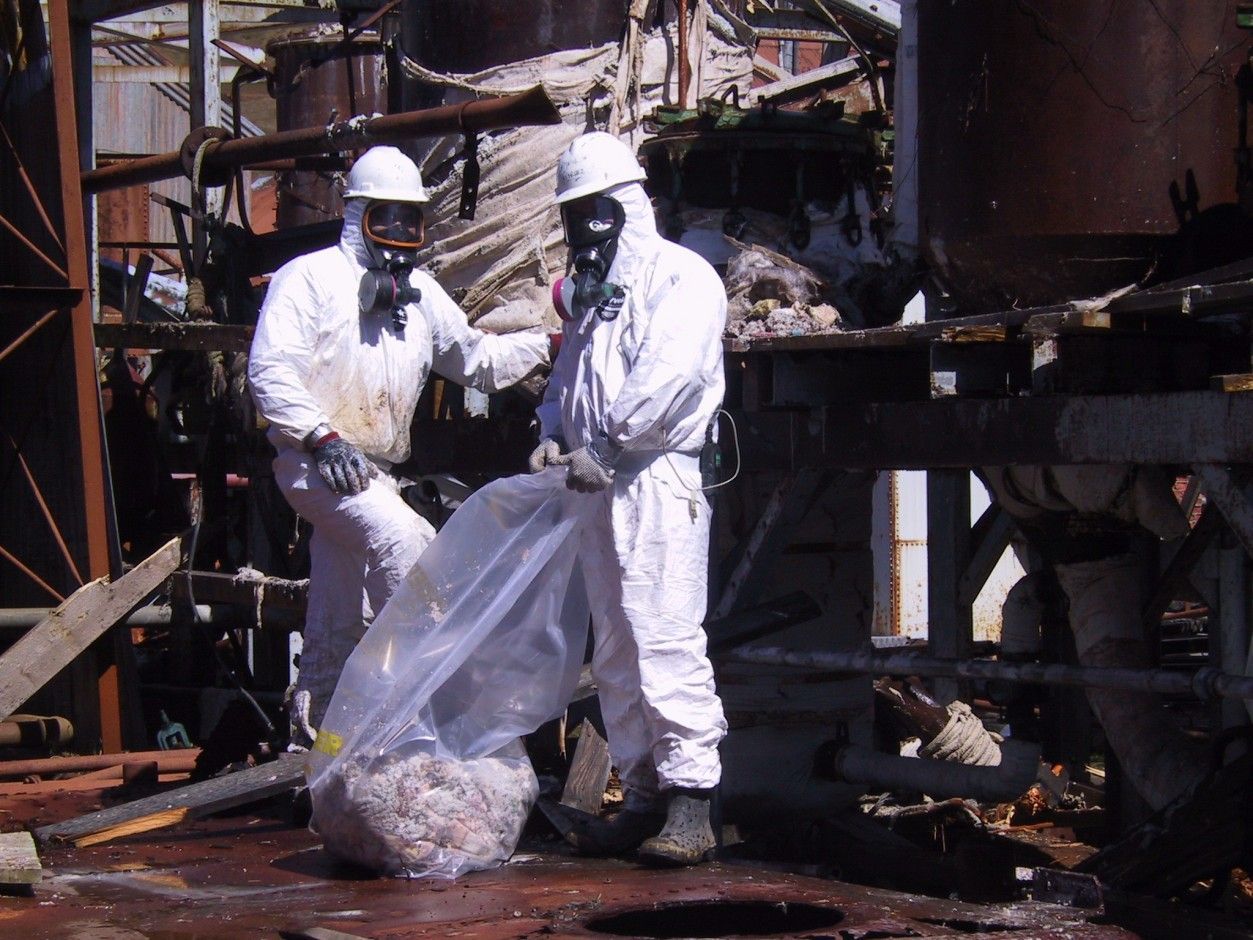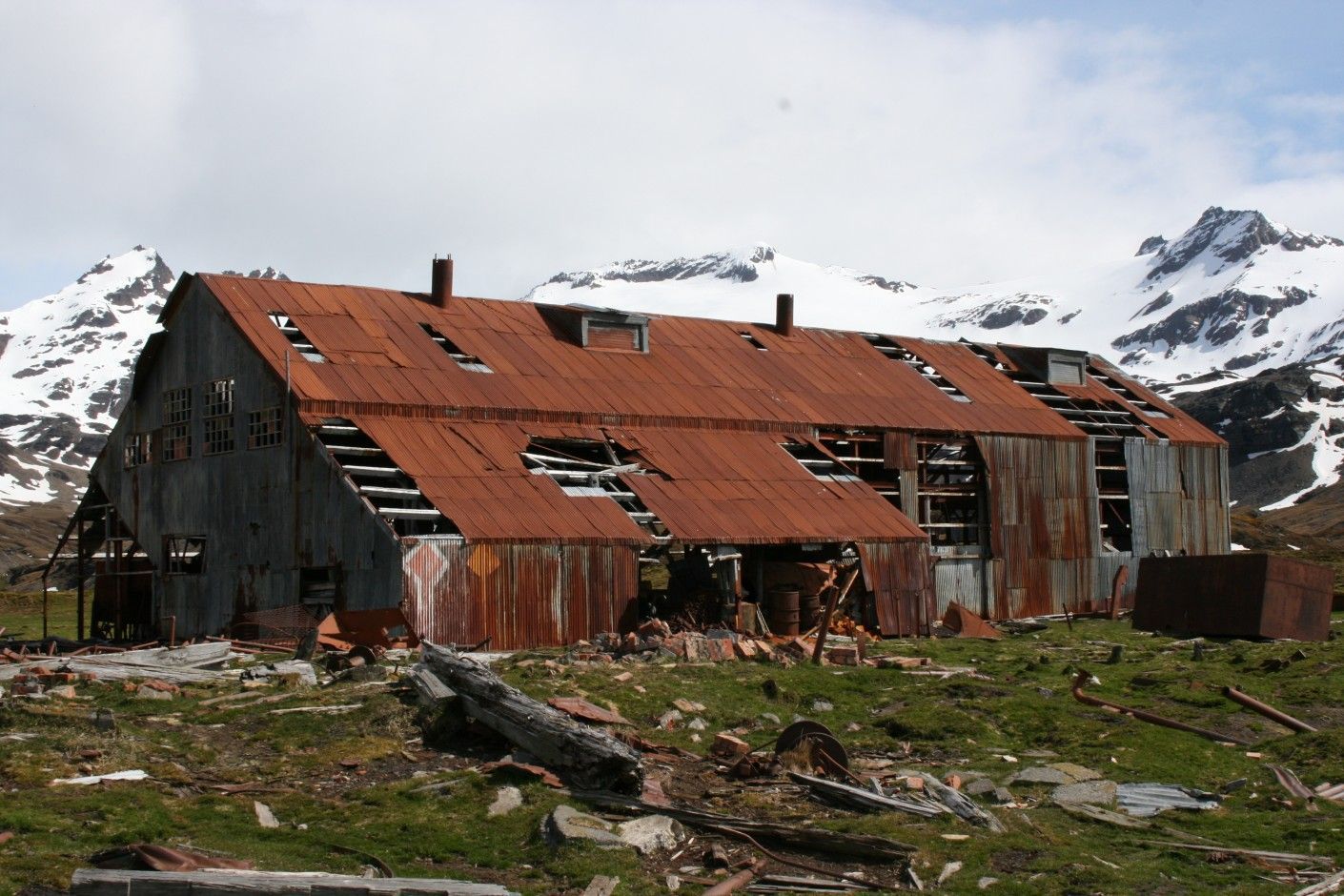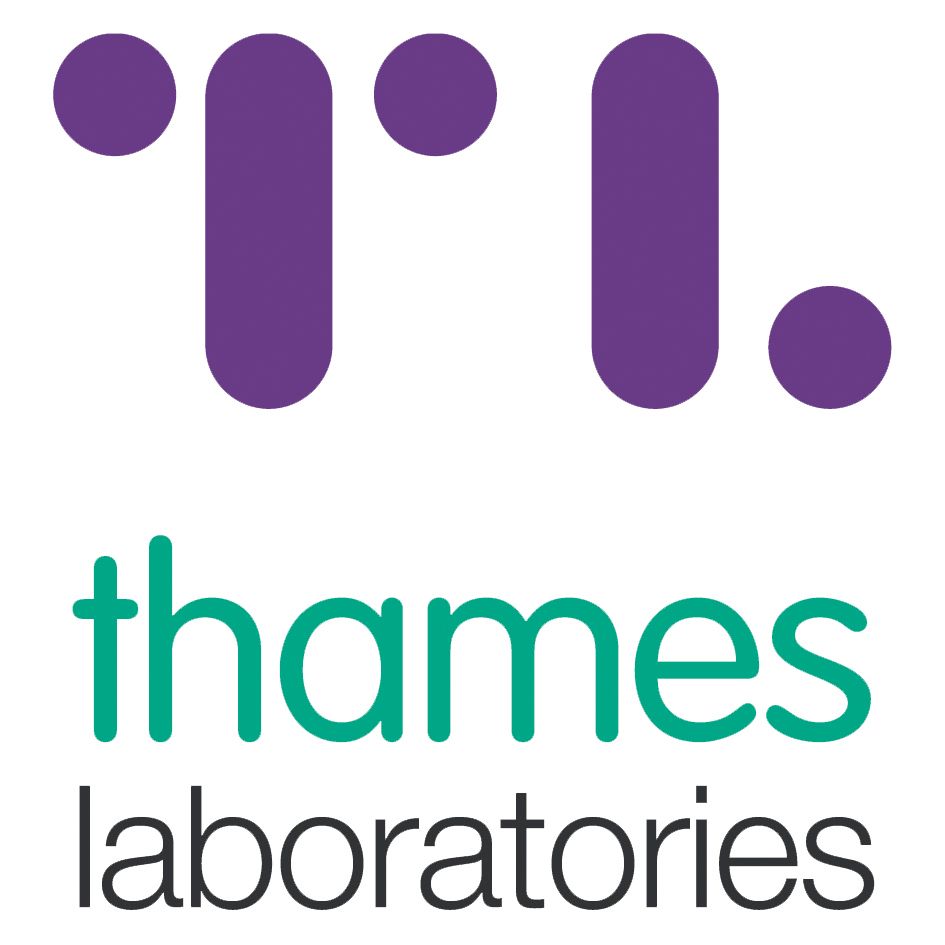Overseas Asbestos Services
Thames Laboratories has also provided essential asbestos consultancy services on overseas projects.
One notable project involved working with the British Antarctic Survey and the Government of South Georgia to assess and address asbestos risks at the Grytviken Whaling Station.
Project Example: Asbestos Survey and Remediation
at Grytviken Whaling Station
Located in the subantarctic, South Georgia Island is a unique, remote environment. Thames Laboratories was commissioned to conduct a detailed asbestos survey at Grytviken, preparing for a major environmental improvement program. The survey revealed significant asbestos hazards, which were posing a threat to local wildlife and tourism.
We developed a comprehensive remediation strategy, leading to the removal of asbestos and other environmental hazards, with the ultimate goal of preserving the site’s historical elements while ensuring safety for workers and visitors.

Project Example: Asbestos Survey and Remediation
at Grytviken Whaling Station
Located in the subantarctic, South Georgia Island is a unique, remote environment. Thames Laboratories was commissioned to conduct a detailed asbestos survey at Grytviken, preparing for a major environmental improvement program. The survey revealed significant asbestos hazards, which were posing a threat to local wildlife and tourism.
We developed a comprehensive remediation strategy, leading to the removal of asbestos and other environmental hazards, with the ultimate goal of preserving the site’s historical elements while ensuring safety for workers and visitors.
Long-term Relationship
Our deep understanding of the site’s unique environment led to Thames Laboratories being retained to develop an asbestos abatement strategy for the site. After considering various removal options, we coordinated with a Chilean division of a US-based contractor to oversee the asbestos removal during the challenging conditions of the austral summer.
The successful completion of the remediation process allowed Grytviken to transition into the South Georgia Museum, a site that now attracts thousands of tourists annually. Thames Laboratories also returned to assess other whaling stations in South Georgia, ensuring that ongoing research activities could continue safely and effectively.

Long-term Relationship
Our deep understanding of the site’s unique environment led to Thames Laboratories being retained to develop an asbestos abatement strategy for the site. After considering various removal options, we coordinated with a Chilean division of a US-based contractor to oversee the asbestos removal during the challenging conditions of the austral summer.
The successful completion of the remediation process allowed Grytviken to transition into the South Georgia Museum, a site that now attracts thousands of tourists annually. Thames Laboratories also returned to assess other whaling stations in South Georgia, ensuring that ongoing research activities could continue safely and effectively.


